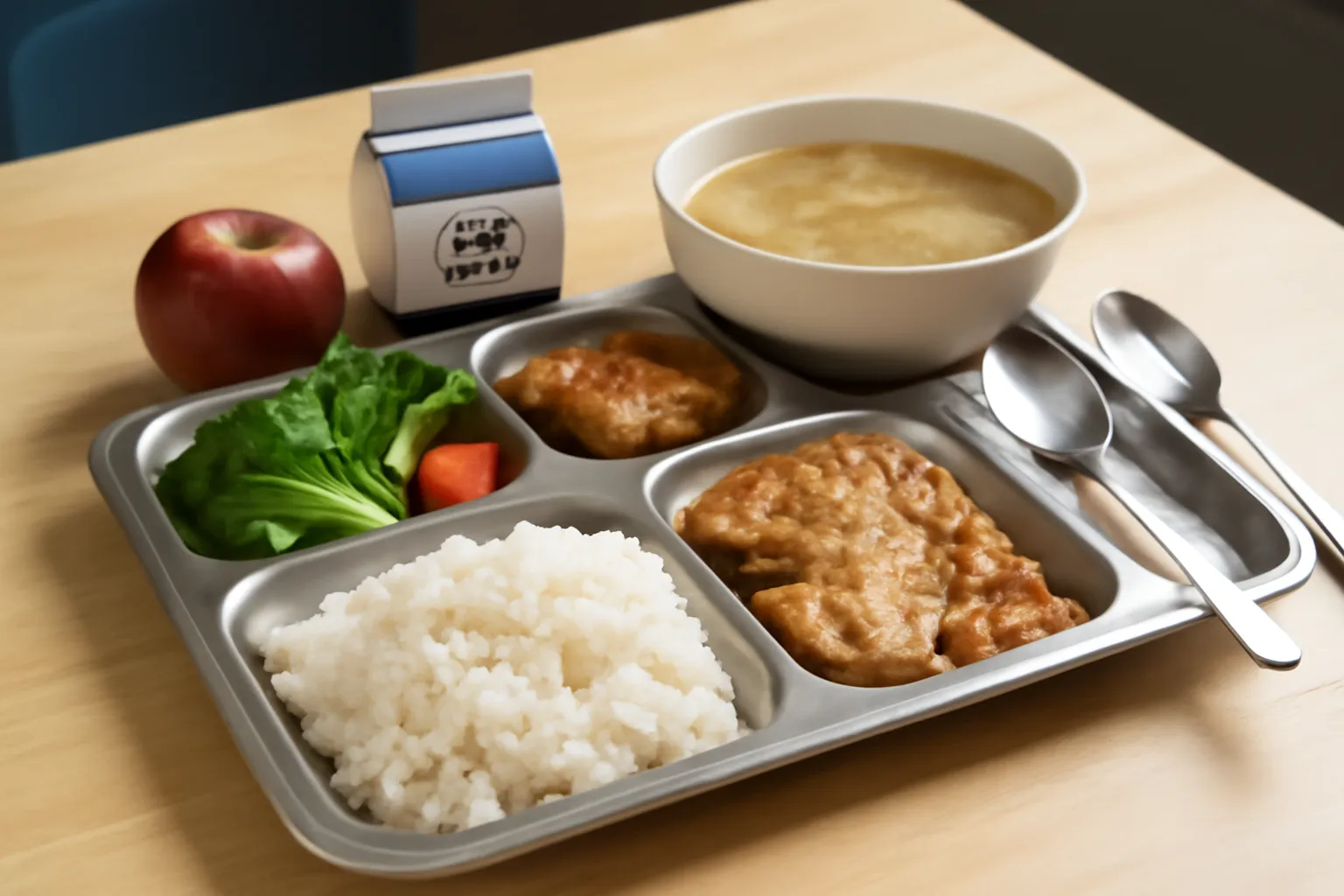Eating balanced meals during high school is essential to provide students with the necessary nutrients for their growth, development, and academic performance. Understanding the importance of maintaining a healthy diet can lead to better concentration, mood stability, and energy levels. In this article, we will explore an ideal high school student diet diet table, covering essential meal components, meal timings, and tips for parents and students to create a healthy eating routine.
What should a high school student eat for a balanced diet? Find out the ideal diet table for high school students with healthy meal ideas, balanced nutrition tips, and practical meal planning advice!
High School Student Diet Diet Table: Essential Components for Success
A high school student’s diet plays a key role in fueling their mind and body for a busy school day. A balanced diet ensures that students have sustained energy, proper growth, and enhanced cognitive abilities. But what exactly should a high school diet table look like?
1. Breakfast: Start Your Day with Energy
Breakfast is an essential part of any meal plan, especially for high school students. After a night of rest, the body requires energy to start the day and prepare for academic and physical activities.
What to include:
-
Protein: A good source of protein, such as eggs, yogurt, or a plant-based protein shake, helps to provide long-lasting energy.
-
Carbohydrates: Whole grains like oats, whole-wheat bread, or cereals provide energy for the brain.
-
Healthy Fats: Avocado, nuts, and seeds contribute to cognitive function.
-
Fruits or Vegetables: Incorporating fruits like bananas or apples gives a natural sugar boost that helps prevent mid-morning slumps.
Sample Breakfast Meal:
-
Scrambled eggs with spinach
-
A whole-grain toast
-
A side of sliced fruit (such as an apple)
-
A glass of milk or an herbal tea
2. Lunch: Power Through the Midday Slump
The right lunch can significantly affect a student’s energy levels throughout the school day, helping them to maintain focus and concentration during afternoon classes.
What to include:
-
Lean Protein: Chicken, turkey, or tofu provide muscle repair and satiety.
-
Complex Carbs: Brown rice, quinoa, or sweet potatoes are excellent sources of energy and fiber.
-
Vegetables: Colorful veggies like broccoli, carrots, and peppers are packed with essential vitamins and antioxidants.
-
Healthy Fats: Olive oil, nuts, and seeds can be added to salads or meals to keep students feeling full and energized.
Sample Lunch Meal:
-
Grilled chicken breast with steamed broccoli and quinoa
-
A mixed salad with leafy greens, tomatoes, and a vinaigrette dressing
-
A serving of baked sweet potato fries
3. Dinner: A Nutritious End to the Day
Dinner should be a well-rounded meal that offers a combination of protein, healthy fats, and carbohydrates to aid in muscle recovery and promote restful sleep.
What to include:
-
Protein Sources: Salmon, lean beef, or plant-based alternatives like lentils or beans provide essential amino acids.
-
Fiber: Whole grains like farro or brown rice are good for digestion and sustained energy.
-
Vegetables: Include a variety of colors with dark leafy greens, cruciferous vegetables, and a range of root vegetables.
Sample Dinner Meal:
-
Baked salmon with roasted Brussels sprouts and wild rice
-
A small side salad with mixed greens and a balsamic glaze
-
A serving of fruit for dessert, such as fresh berries or an apple
4. Snacks: Healthy and Balanced Between Meals
Snacks can keep students energized between meals, but they should be nutrient-dense to avoid sugar crashes or overeating. Opt for snacks that provide protein, fiber, and healthy fats.
Snack Ideas:
-
Greek yogurt with chia seeds and a drizzle of honey
-
A small handful of nuts like almonds or walnuts
-
Veggie sticks with hummus for a crunchy, fiber-filled snack
-
A whole-wheat pita with tzatziki
Conclusion: Building a Balanced Diet for High School Students
Creating a healthy high school diet table is all about variety and balance. By including nutrient-dense foods that provide protein, healthy fats, fiber, and vitamins, high school students can stay energized, focused, and healthy throughout their academic journey. By choosing nutrient-packed meals, they can boost their physical and mental well-being, helping them tackle both school challenges and extracurricular activities with confidence.
The key to success lies in consistent, healthy meal choices. Planning ahead, including a wide range of food groups, and sticking to a balanced meal routine will not only nourish the body but also optimize academic and physical performance. Whether it’s a nutritious breakfast, a well-balanced lunch, or a satisfying dinner, keeping the diet table consistent and healthy ensures students are set up for success.






